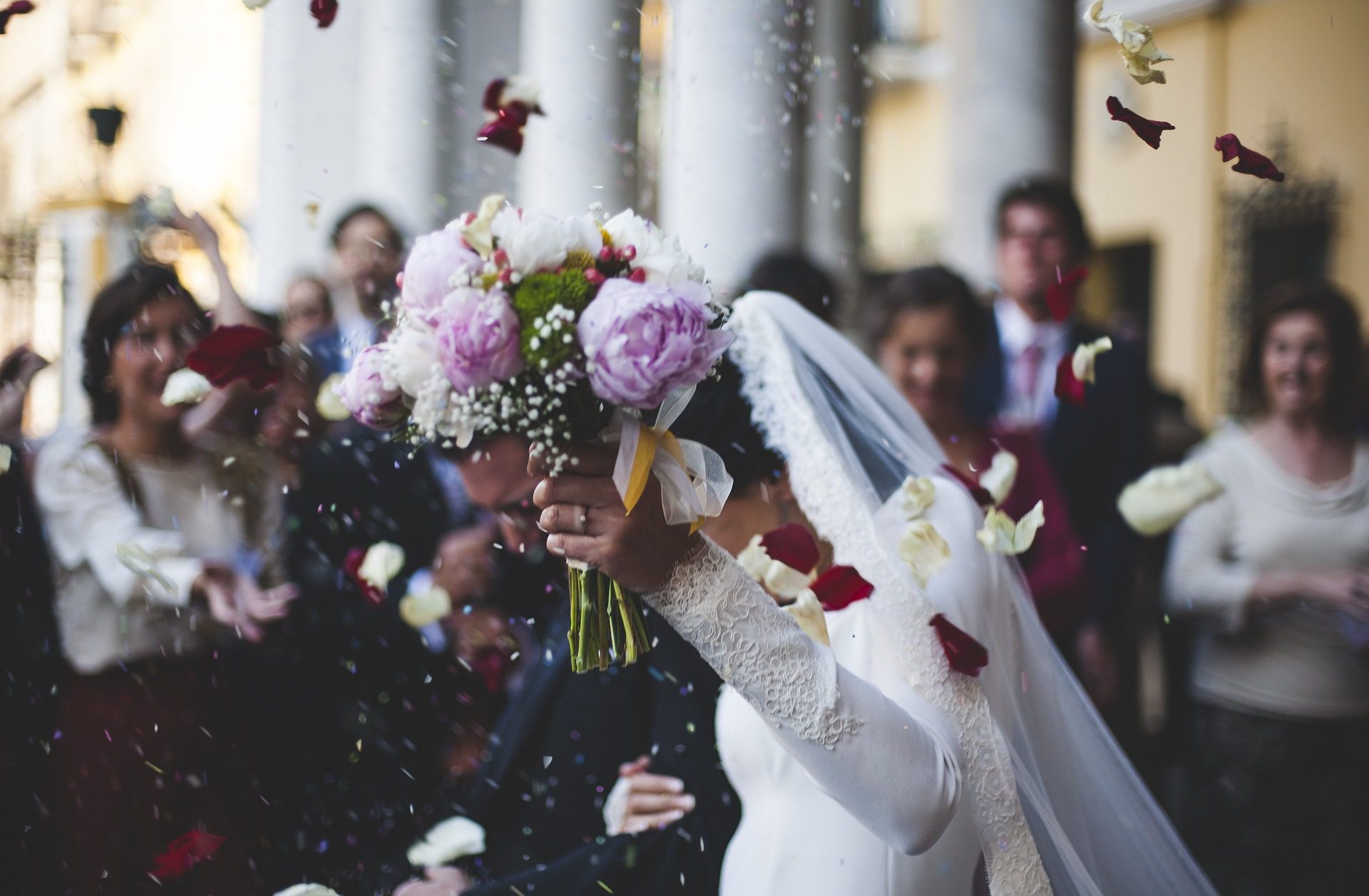
Modern Slavery and Forced Marriage: Examining the relationship
An estimated 22 million people in the world are living in forced marriages, two-third of whom are women and girls.1 Countries in Asia and the Pacific region account for nearly 14.2 million of all forced marriages, followed by 3.2 million in Africa and 2.3 million in Europe and Central Asia. Nonetheless, wealthier nations are not immune to this phenomenon: almost 26% of forced marriages worldwide take place in high or upper-middle income countries. People forced into marriage are often subject to abuses and exploitative practices – including sexual and reproductive violence, domestic servitude, forced labour, enslavement and the loss of bodily autonomy and movement – similar to those experienced by victims of modern slavery. Moreover, some of the key underlying structural causes of forced marriage – e.g., poverty, illiteracy and/or lack of access to education opportunities, gender discrimination and power imbalances between men and women, and irregular migration status – are also strongly correlated with modern slavery victimisation.
However, the connection between the two phenomena is quite complex and relatively under-studied. While some experts argue for the recognition of forced marriage – and, in particular of child marriage – as a form of modern slavery,3 others note that not all instances of forced marriage involve the type of practices typified as modern slavery.4 Disagreements and debates around the relationship between forced marriage and modern slavery are not restricted to the academic sphere, but affect how governments, law enforcement authorities and organisations working on modern slavery “deal” with forced marriage. Forced marriage is not explicitly included in the Palermo Protocol (2000)’s definition of modern slavery and is thus not included in the statistics by some authorities and NGOS,i while others – most notably Walk Free – understand it as a key component of modern slavery. The inherent difficulties in precisely defining forced marriage, the fact that this phenomenon is seen by some scholars and organisations as a cultural practice, and the fear to equate criticisms of forced marriage to academic or cultural colonialism, are among the factors that have contributed to the ambiguous treatment that forced marriage receives by scholars, practitioners and organisations in the modern slavery space.
In this issue brief, we seek to examine the “problematic” relationship between forced marriage and modern slavery, to review the literature and empirical evidence around the inconsistent treatment of this practice, and to clarify when and under what conditions forced marriage leads – or is more likely to lead to – modern slavery. Ultimately, our goal is to point to future work governments, researchers, NGOs and other relevant stakeholders should undertake to better understand the connection between modern slavery and forced marriage and to enhance policy responses to this issue. Although there is no internationally agreed definition of forced marriage, the term can be understood as a marriage in which one or both parties have not expressed free and informed consent to the union.
The issue of consent occupies a central place in academic and legal definitions of this concept: the United Nations Convention on Consent to Marriage, Minimum Age for Marriage and Registration of Marriage (1964), the various international declarations and conventions calling for action against forced marriage, and the domestic legislation of the fifty-two countries that have criminalised this practice focus primarily on whether both spouses gave their full and free consent to the marriage or, on the contrary, whether abuse, coercion,deception, force and/or threat were used to pressure the parties into giving ostensible consent. Under this definition, all child marriages – i.e., any formal or informal union in which at least one of the parties is under 18 years of age or under the relevant age of consent in their country – are considered to be forced marriages. Child marriage is in fact a relatively frequent phenomenon in some regions of the world. For instance, it is estimated that more than half – and, based on some reports, as many as two-thirds – of the Bangladeshi women entered into marriages before reaching the age of 18.5 A large proportion of forced marriages worldwide, however, involve adults who did not give their full and free consent: according to the ILO (2017), most people living in forced marriages are over the age of 18.
Read full report here.
